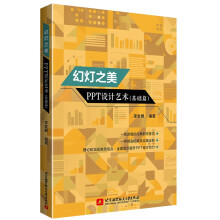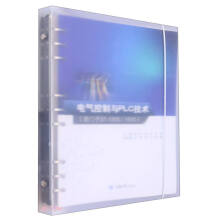This book presents extensive information on structural health monitoring for suspension bridges. During the past two decades, there have been significant advances in the sensing technologies employed in long-span bridge health monitoring. However, interpretation of the massive monitoring data is still lagging behind. This book establishes a series of measurement interpretation frameworks that focus on bridge site environmental conditions, and global and local responses of suspension bridges. Using the proposed frameworks, it subsequently offers new insights into the structural behaviors of long-span suspension bridges. As a valuable resource for researchers, scientists and engineers in the field of bridge structural health monitoring, it provides essential information, methods, and practical algorithms that can facilitate in-service bridge performance assessments.
展开










